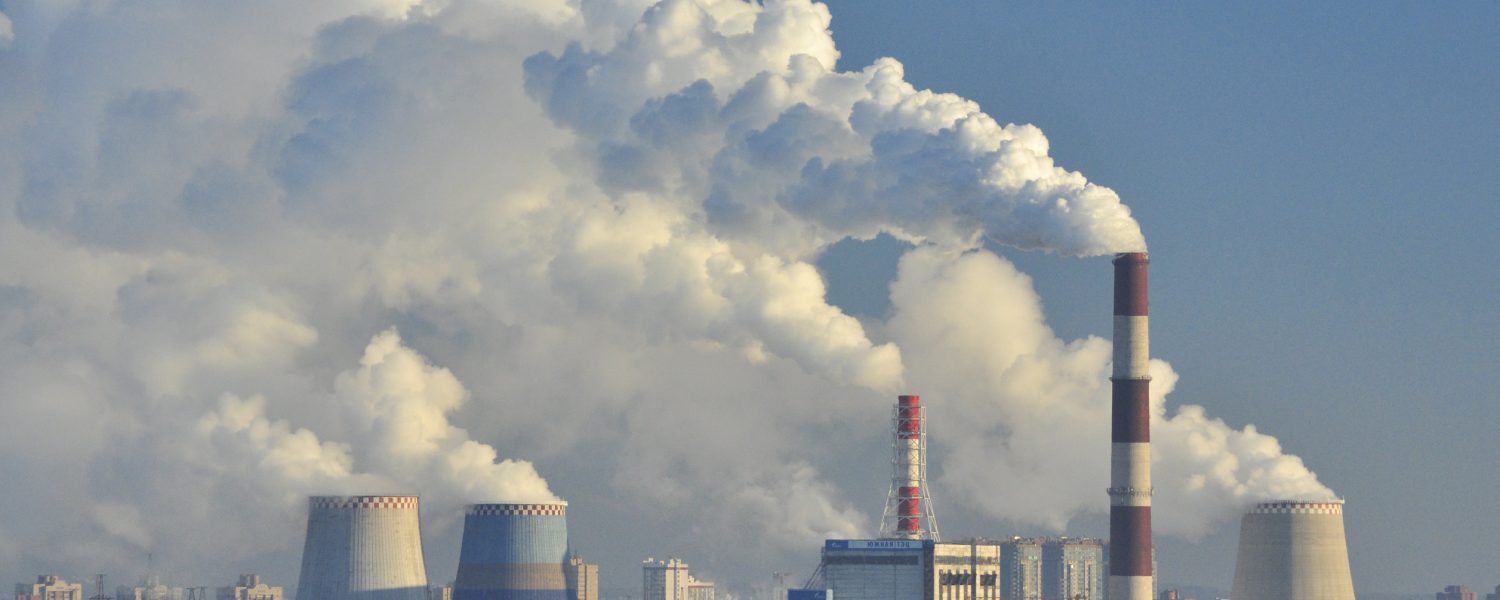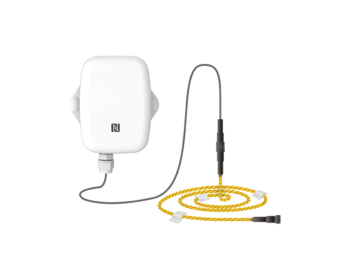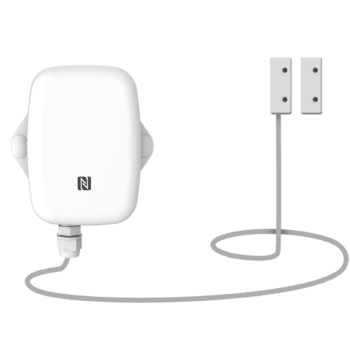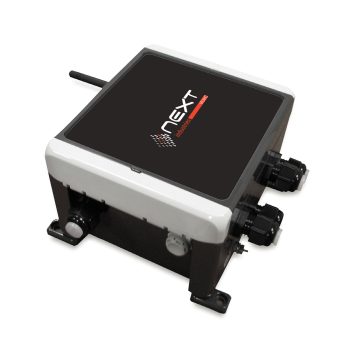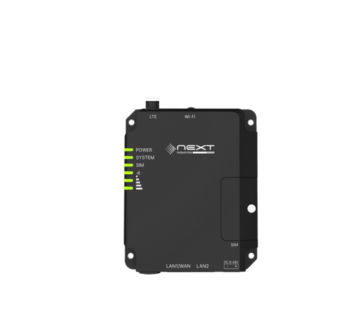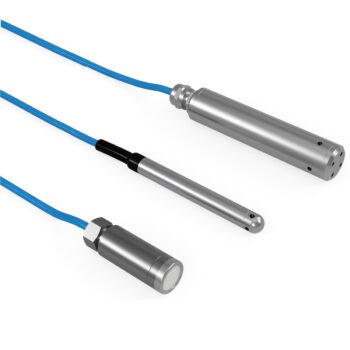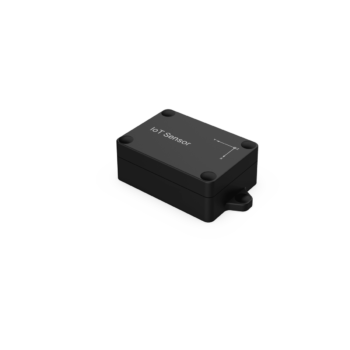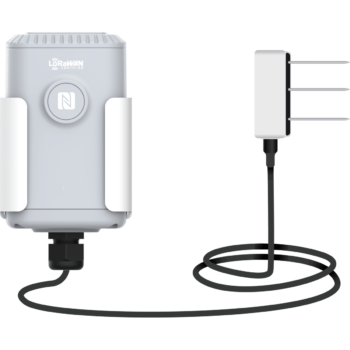Detect Pollutants with Air Quality Monitoring Systems
Air quality monitoring falls under the umbrella of environmental monitoring, encompassing the collection and analysis of data samples about various chemical conditions such as PM10, carbon monoxide, nitrogen dioxide, ozone, and sulfur dioxide. Additionally, temperature, mold growth, and humidity are also monitored.
The location of air quality monitoring systems is contingent upon the monitoring objectives. For instance, most air quality monitoring systems are dedicated to safeguarding public health and therefore require monitoring stations to be strategically positioned in densely populated areas, particularly near known pollution sources such as busy roads and city centers. However, in some cases, air quality monitoring systems are established to determine baseline pollution levels. In such instances, they are situated away from urban areas and emissions sources.
